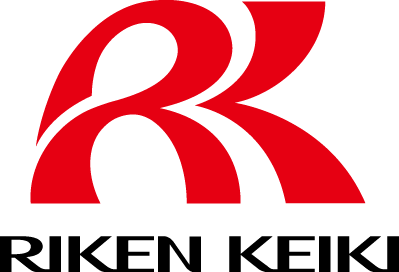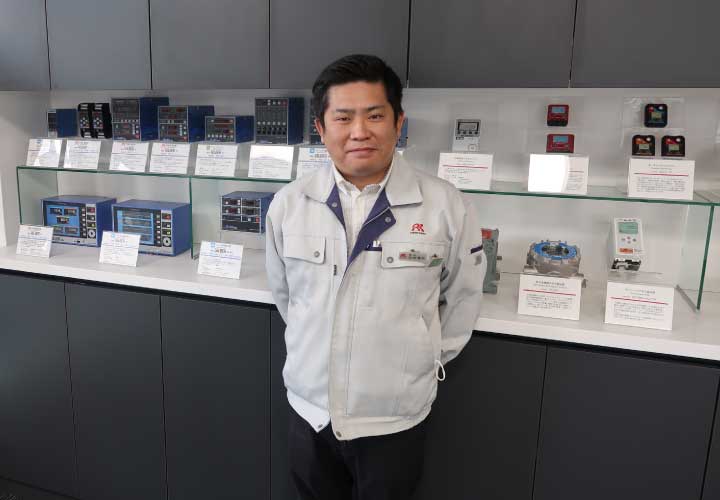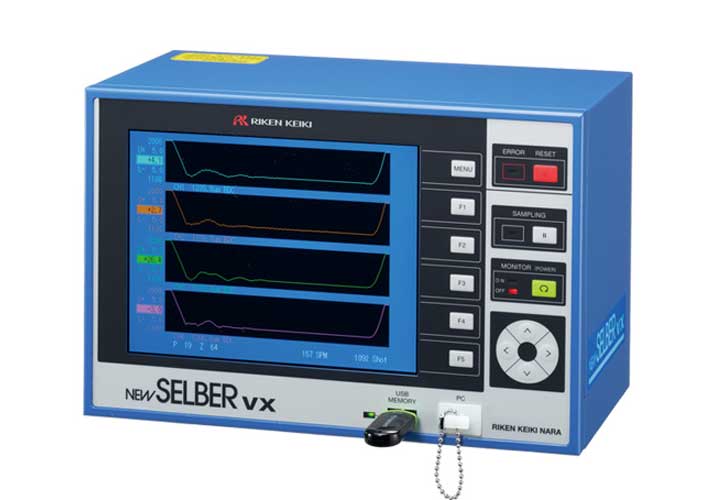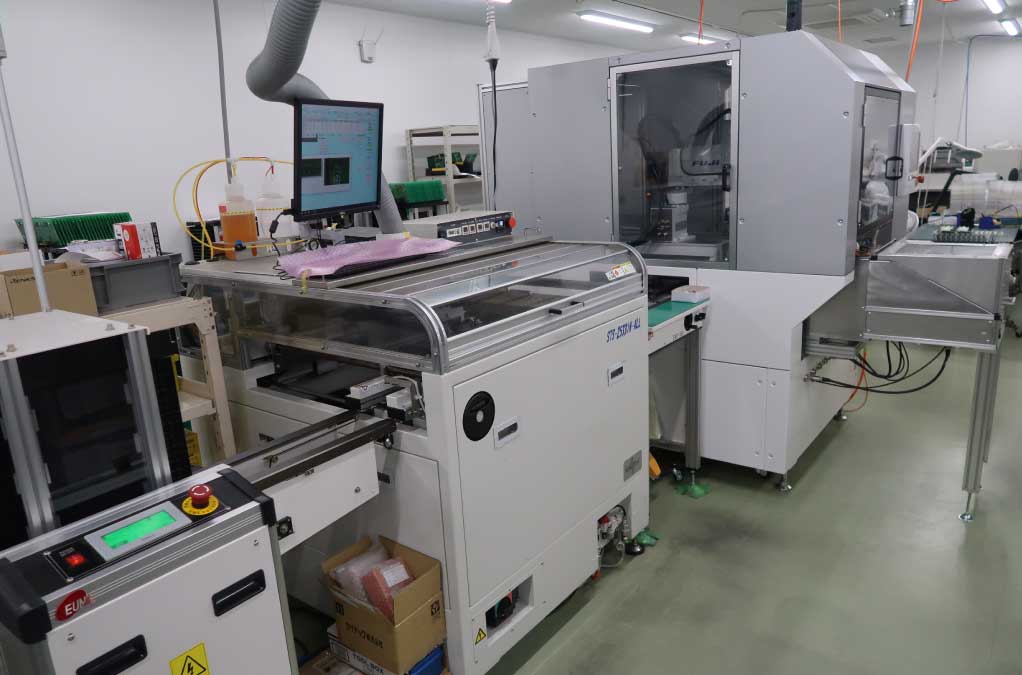SmartWing BA introduction example
We succeeded in reducing costs by about 30% and securing human resources by introducing SmartWing BA.
 RIKEN KEIKI NARA MFG. Co., Ltd.
RIKEN KEIKI NARA MFG. Co., Ltd. 
RIKEN KEIKI NARA MFG. Co., Ltd.
Mr. Takashi Yoshii, Manager, Manufacturing Section 1, Manufacturing Department

Slug (scrap) detector
Background and issue before introduction - Cannot find equipment that fits the production style.
RIKEN KEIKI NARA MFG. Co., Ltd. headquartered in Sakurai City, Nara Prefecture (hereafter RIKEN KEIKI NARA MFG.) mainly manufactures and sells press machine abnormality monitoring equipment and measuring instruments as a satellite factory of RIKEN KEIKI CO., LTD.
The company was having difficulty securing human resources due to the increased production of the slug detector that senses and detects shavings and other debris generated in the press process. In the series of the manufacturing processes, three man-hours were devoted to connector insertion and soldering. The miniaturization of products has resulted in needing to use surface-mount boards, and they are increasingly incorporating SMT, making it difficult to use wave soldering.
Mr. Yoshii of RIKEN KEIKI NARA MFG. explained that they have been looking for a way to automate this process for several years. "We have been working on introducing a selective trace solder machine * in place of wave soldering, but it was difficult to find an insertion machine that could be used as a front-end process. Selective trace soldering machines have the advantage of being able to be incorporated together with SMT. Since soldering takes time, the insertion process does not need to be as fast as an insertion machine for mass production, and no suitable equipment could be found."
* Selective trace soldering machines are machines that enable pinpoint soldering at specified points on a printed circuit board.
Key point for selection - Ideal for high-mix low-volume production
RIKEN KEIKI NARA MFG. selected the board assembly Robot Cell SmartWing BA from a variety of options, including insertion-only machines and robot systems. Mr. Yoshii explains, "The key points were that it is easy to use as everything needed for parts insertion is packaged to some extent, it is versatile like a placement machine and suitable for high-mix low-volume production, and it supports a wide range of parts." Normally, the introduction of a system incorporating robotics and vision processing requires an enormous amount of man-hours. The company had experienced difficulties with the introduction of articulated robots and was concerned about operational aspects such as adding or changing product types after introduction. In addition, the company manufactures a wide variety of products in high-mix low-volume production and requires a highly versatile supply machine and vision processing system. The candidate for this was the Board Assembly Robot Cell, SmartWing BA, which provides all the functions necessary for board assembly in one cell.
Introduction results - Cost reduction of approximately 30%
Monthly production of the main body and sensor part of the slug (scrap) detector is 25,000 units combined, with 8 to 9 models with different specifications, for which production of each is approximately 100 to 10,000 units per month. "After introducing, the combination of SmartWing BA and the selective trace soldering equipment has resulted in a cost reduction of about 30% compared to before introduction. I think it is going to be cost-effective in two to three years. "as explained by Mr. Yoshii. The management team also has positive feedback, as they were able to ramp up production after introducing inline and could quickly see the effectiveness of the system. Mr. Yoshii rates the system highly, commenting that "The system hardly ever stops, and because it matches the selective trace soldering system in terms of tact time, production can be performed like in a SMT line."

Capital: JPY 50 million
Business content:
1. Manufacture and sale of automatic press monitoring devices and measuring device
2. Development and manufacture of gas detection alarm
3. Manufacture and sale of various sensors
4. Other OEM development and manufacture
Website: https://www.rikenkeikinara.co.jp/en/company/
We utilize our technology and quality as a manufacturer of disaster prevention equipment for RIKEN KEIKI CO., LTD. to manufacture and sell automatic press peripheral equipment, including our original product, slug (scrap) detector. Celebrating our 50th anniversary this year, we are making further strides toward the next half century as a sustainable company that can contribute to society.
